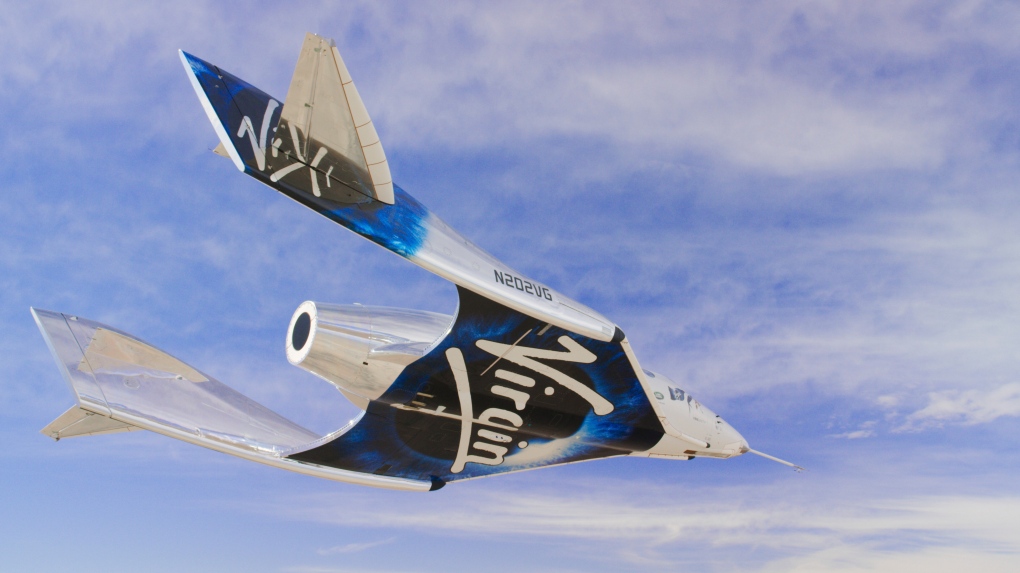
We begin 2021 with an article on a new alternative source of capital for innovators.
The first topic of the new year is on SPAC, special-vehicle acquisition company. In the US innovators have taken their companies public by merging with SPACs.
Through SPAC owners of start-ups have a different, perfectly legal approach to promoting their companies to investors. The approach includes interviews with obscure YouTube channels which are frequented by individual traders, appearance on cable news, and projections that call for billions of revenue.
Publicity and forecasts of rapid growth have become routine of an Initial Public Offering (IPO) of going public through SPACs. The use of what are called blank-cheque companies, which go public with assets and then merge with private companies increased in 2020. SPACs have raised a record US$62.1 billion as compared to US$$13.5 billion in 2019, according to Wall Street Journal on January 3rd, 2021.
Companies that went public through SPACs, including many nascent firms with no revenue, have said that they were attracted to the relative speed and certainty of the process, which can be completed months faster than some traditional IPOs.
In the case of IPOs, the US Securities and Exchange Commission (SEC) requires company executives to stay in a quiet period during weeks around public listing. Regulators don’t want companies to be marketing their stocks to unsophisticated investors outside of a regimented process. Similarly, companies don’t include projections in the IPO documents because of regulations that put them at high risk for litigation if they miss these plans.
Companies that go public through SPACs face fewer constraints because the deals are considered mergers. The Wall Street Journal article quoted an example, Fisker Inc. The company, an electric-vehicle start-up in July 2020 announced to go public by merging with a SPAC. Fisker has ambitious plans but little in terms of product or revenue to show investors. While it had about 50 employees, it disclosed projections to investors that called for it to hit US$13 billion in revenue in 2025, up from zero in 2020. The founder, Henrik Fisker, went on cable television repeatedly and remained prolific on social media. After the deal’s announcement-but before the merger was completed in late October 2020- Mr Fisker wrote on twitter about how the company was sold out of reservations for the SUV it plans to build in 2022 and hinted about coming news before a deal with a manufacturer was announced.
The Fisker spokesman said that Mr Fisker was not marketing to individuals investors and that his interviews were included in regulatory filings to investors.
SPACs offer a new avenue for start-ups to promote themselves as well as raise money in the US.. A SPAC’s most valuable asset, besides all the cash from investors, is arguably is its stock market listing. The company it invests in instantaneously becomes a public one, without many hassles that go along with a traditional IPO.
SPACs offer businesses and start-ups a surer deal-just take this money that had been raised by the sponsor of SPAC. In a world of low interest rate and high valuation on other stocks in the US, investors see SPACs as a reasonable place to park money for a while. A SPAC in the US is typically structured so that an investor can get his/her money out if he/she doesn’t like the deal a SPAC makes, and there us the chance that he/she will be getting early in next hot, growth company.
SPACs in the US have a time limit of 18 to 24 months to acquire businesses. According to BTIC.com, an investment advisory company, there are more than 210 SPACs seeking acquisition in the US. Stockmarket.com provides a list more than 200 SPACs on its website. The major SPACs include :
- Draft Holdings
- Fisker Inc.
- Virgin Galactic
- Workhorse Group, and
- Repay Holdings
Note: Readers should be aware that the article is not a recommendation to buy a particular SPAC. It only highlights a new avenue for businesses to raise capital by merging with a SPAC.